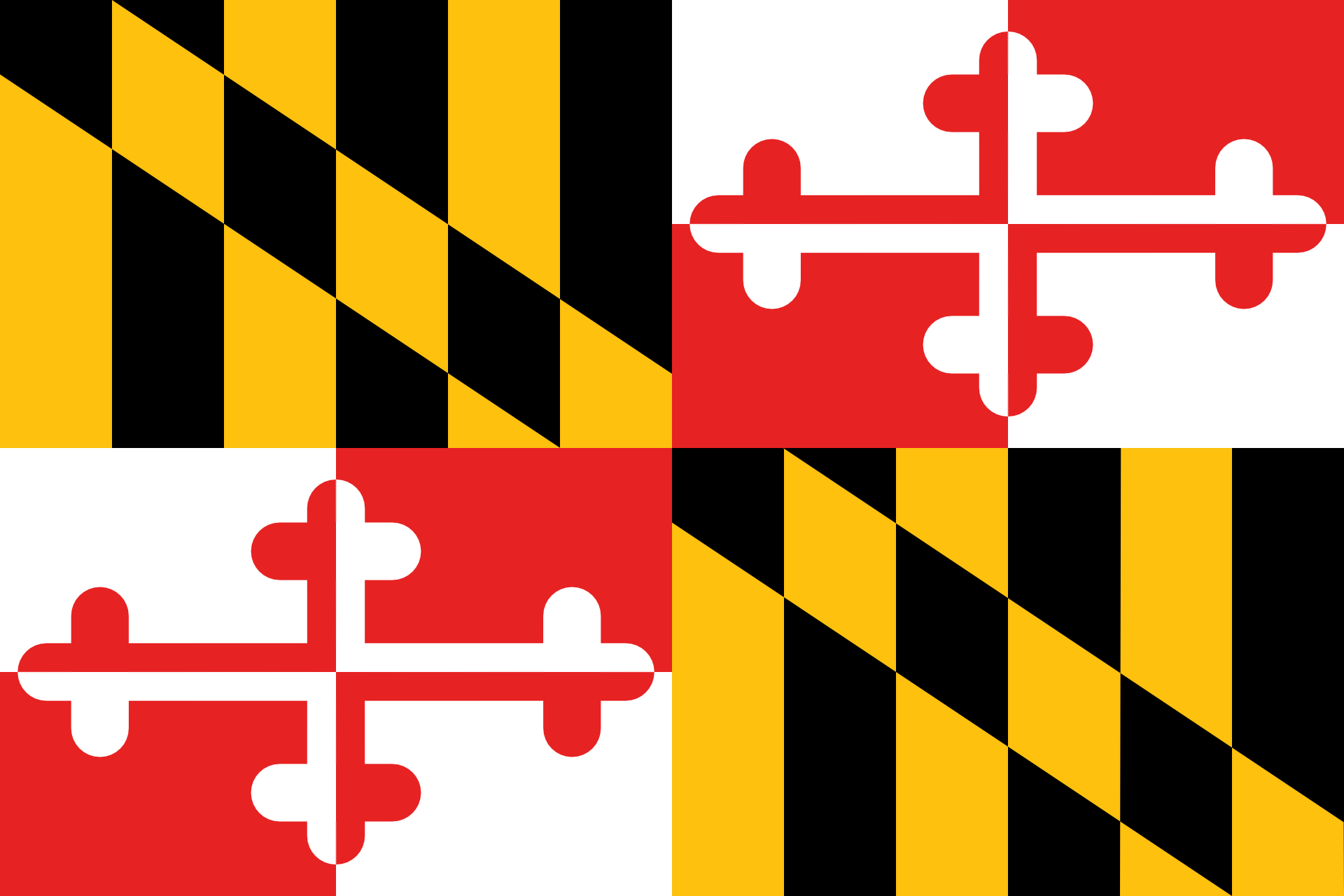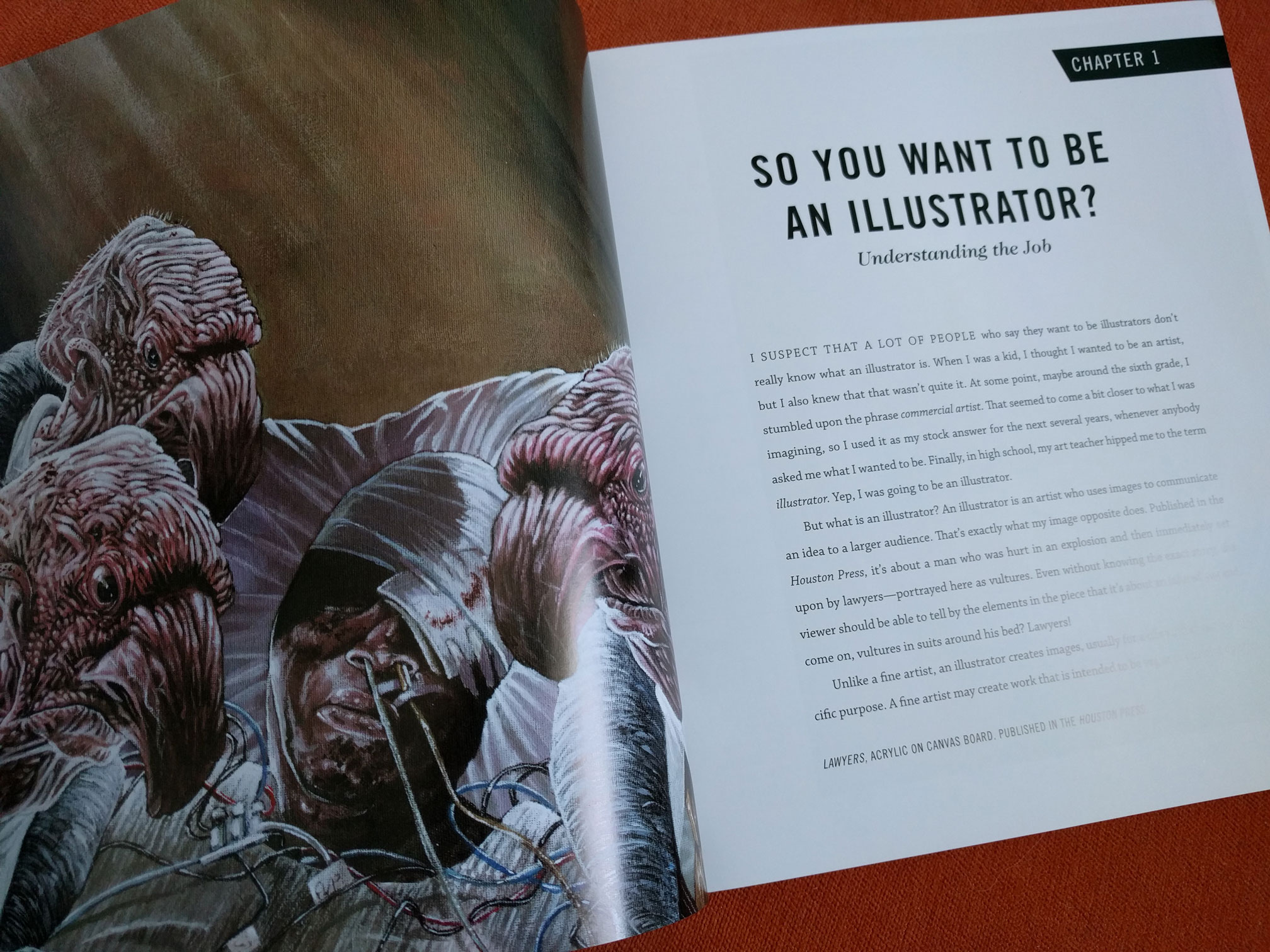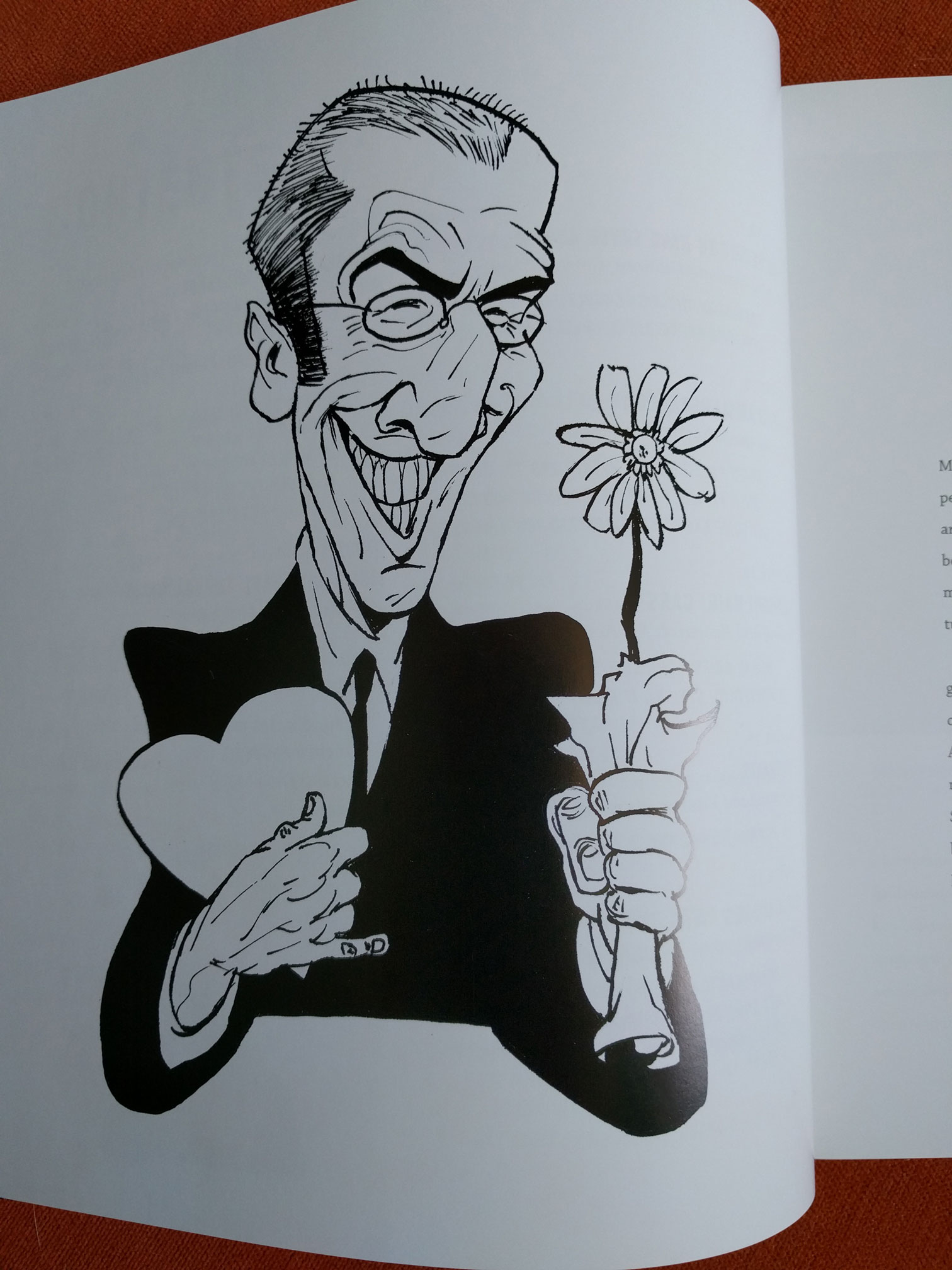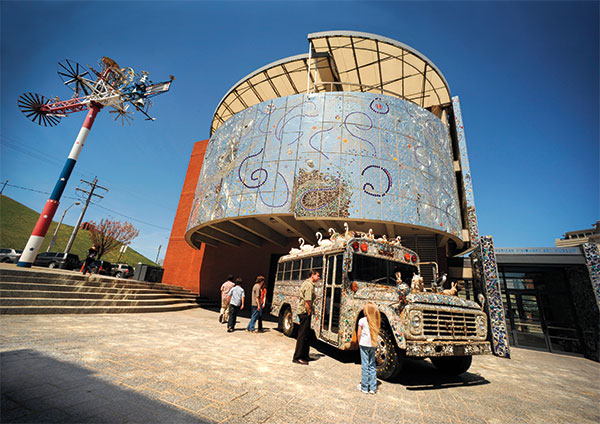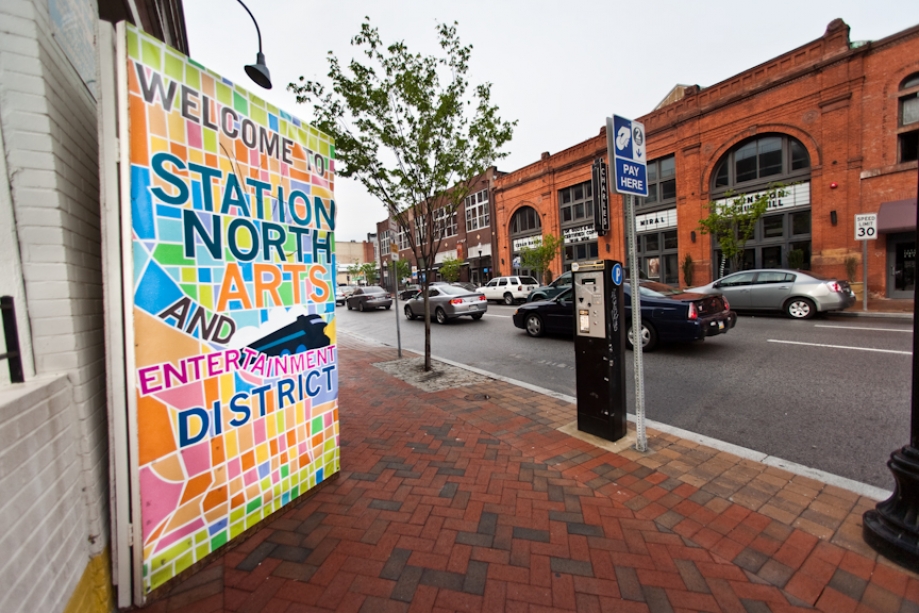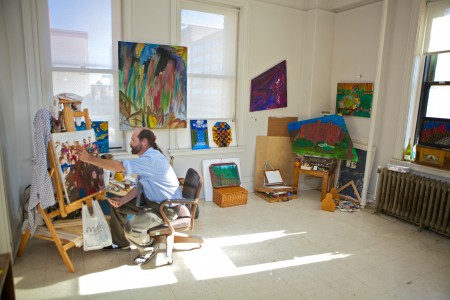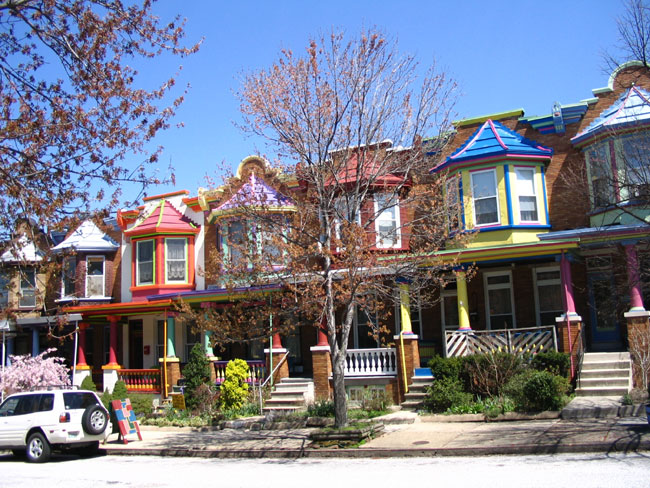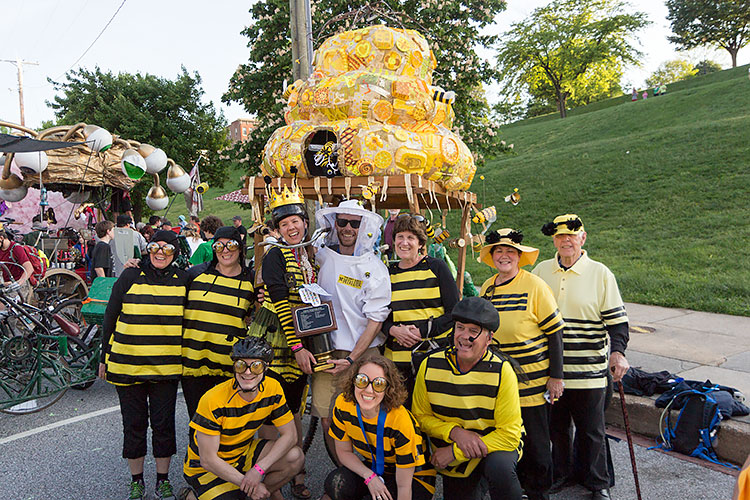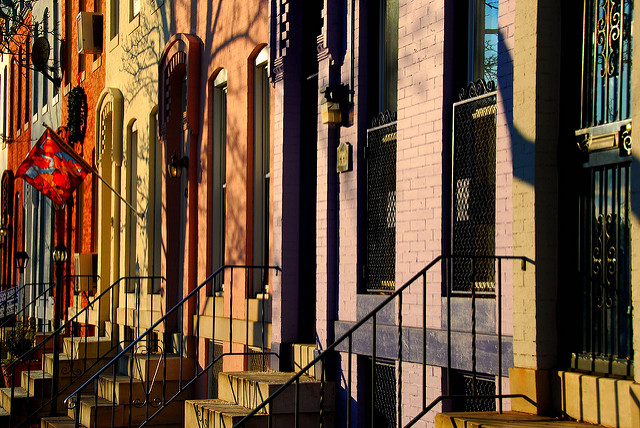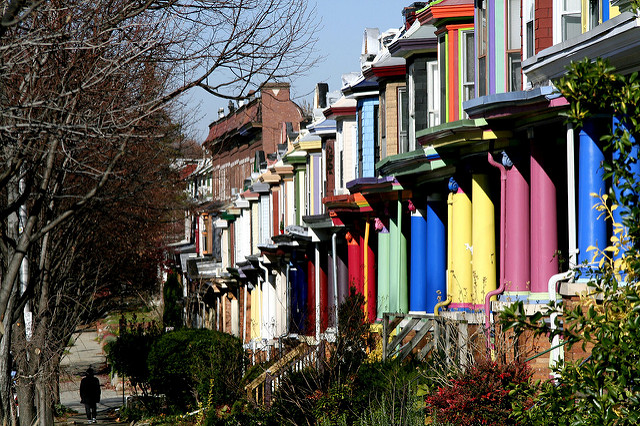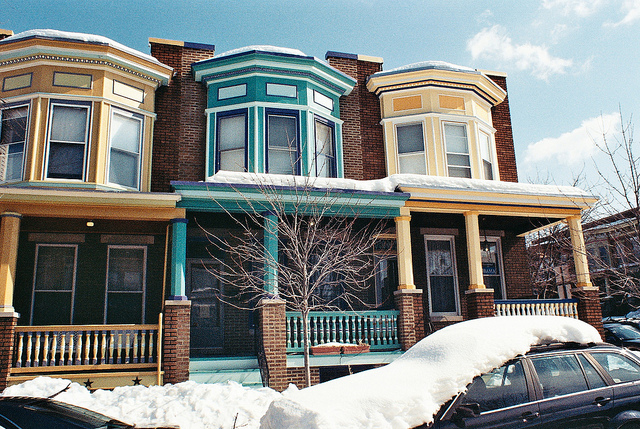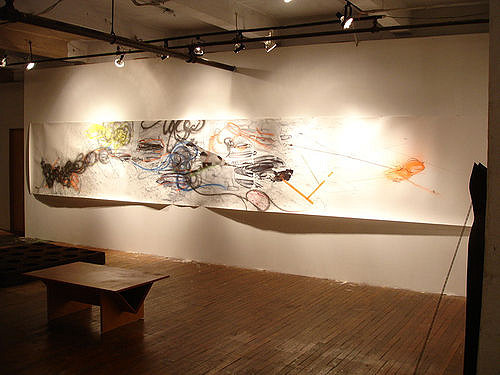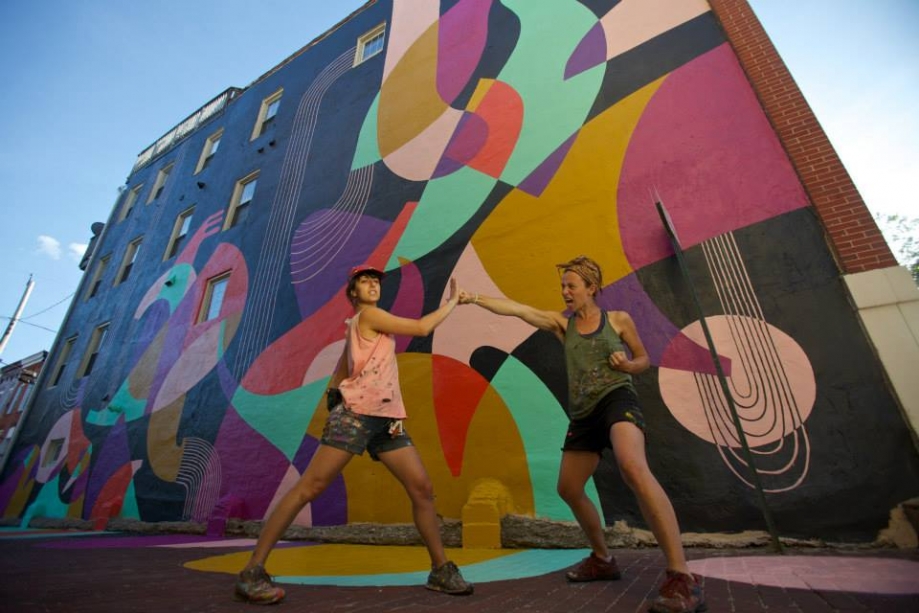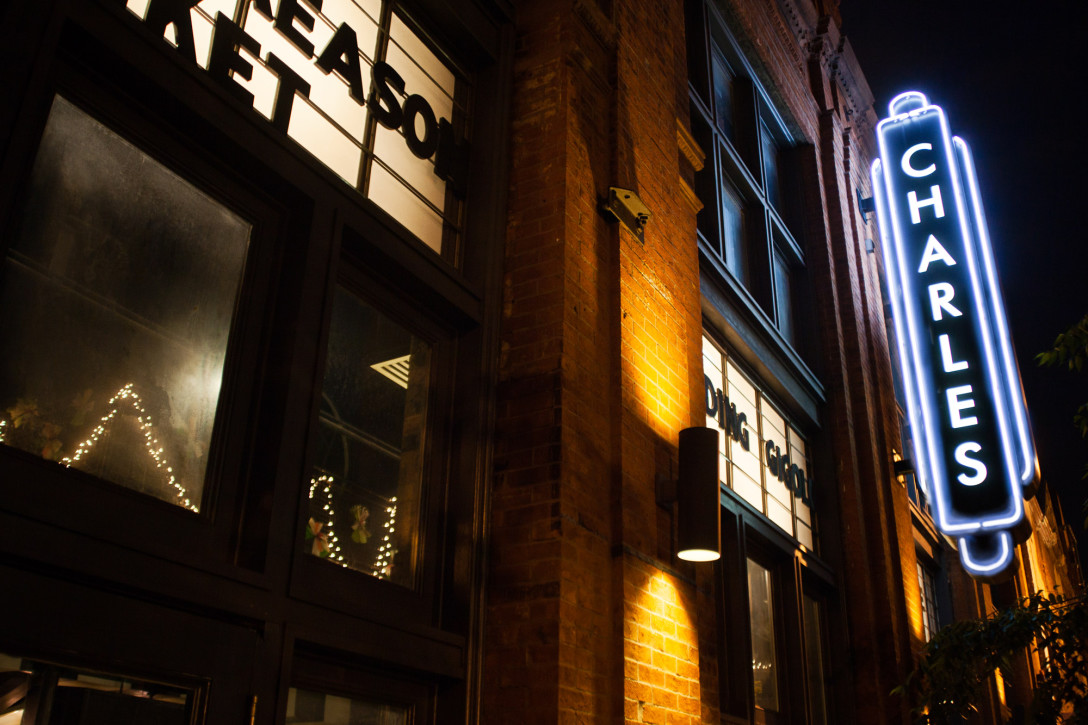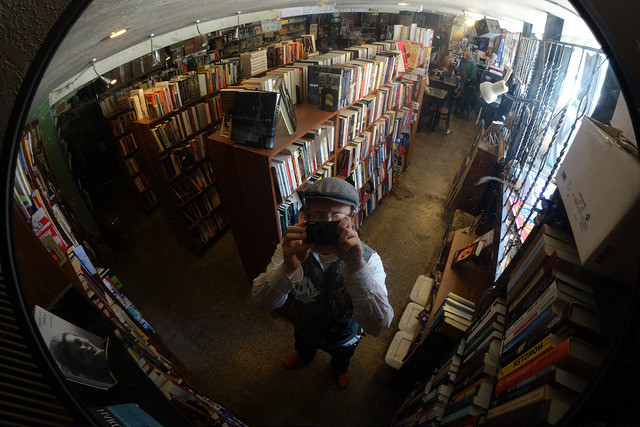Written By: Joseph Carter-Brown and Valerie Anderson | Photo Credit: Frances Miller and Leo Brady
AIGA Baltimore’s Community Meeting started in late 2016 with the intention to provide a platform for members within our creative community to share ideas, concerns, and hopes for the betterment of Baltimore. In meetings past, we’ve heard from representatives from AIGA National on the work the organization is doing as a whole, as well as how the work that goes on in headquarters aligns to the work each chapter is doing locally. Other meetings focused on presentations from a variety of community-based initiatives spearheaded by our board within AIGA Baltimore or other organizations. While we enjoyed opportunities to share the things we love most about the local design community, we found we weren’t spending enough time talking to you about what you wanted.
So, at our most recent community meeting on January 16th, graciously hosted by our friends at SlimTech, in an effort to talk less and do more, we made your interests the focus of the meeting. We started with a Facebook poll to gauge where the discussion interests lie. To those of you who participated, thank you for helping to guide the conversation. After choosing the top four topics from the poll, we used design thinking tools to begin to brainstorm ways in which we could impact designers’ pain points in each area of focus.
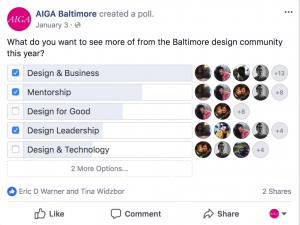
Following a brief kickoff, we asked attendees to jump into action, connecting with their fellow designer and discussing their personal and design-focused hopes and fears for the new year.
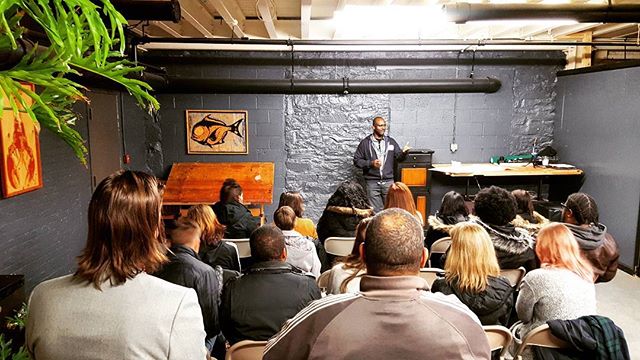
In this exercise, we discovered some of the common themes on designers’ minds—from hopes for professional growth and making connections within the community to fears regarding world events and maintaining healthy lifestyles. While these hopes and fears were not the intention of the discussion, this broad range of concerns helps us put a finger on the pulse of of our community. Discussing our hopes and fears is also a great way to find allies in the room; because what starts as individuals writing their personal hopes and fears, turns into a group of collaborators, realizing that they’re not alone in their goals or concerns.
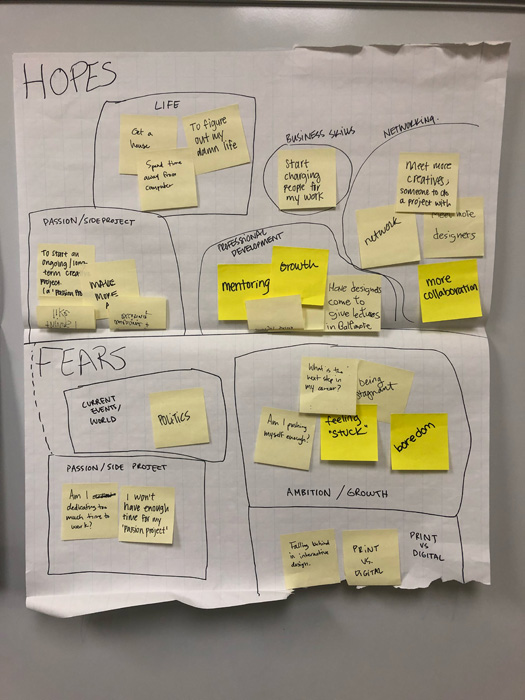
Once the attendees completed the hopes and fears activity, we broke into four distinct groups. Each group focused on a different discussion prompt as dictated by our Facebook poll. This is when we began to get a true collaborative feeling for how designers in our community could benefit from involvement with AIGA. We did this by building a prioritization grid to identify some ideas that would be impactful, while also being mindful of the feasibility of any given idea. After lots of collaboration, silent ideation, and group sharing, we settled on a handful of big ideas in our four key discussion areas, with a goal to create more user-driven outcomes for all of our community members.
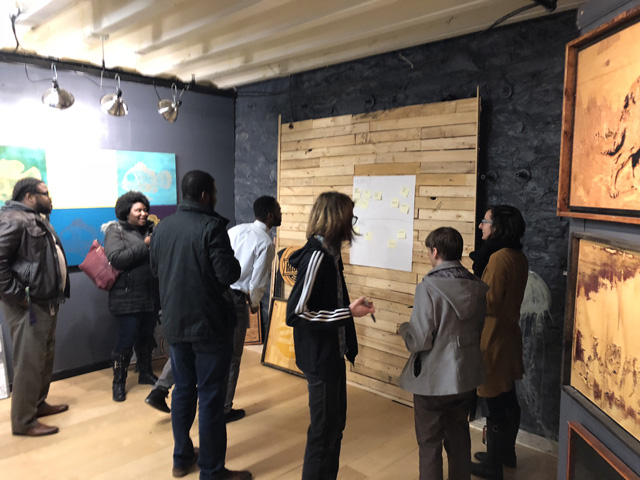
Below is a list of the big ideas, along with pictures of the final prioritization grids:
Design for Good Big Ideas
- Empathy/Human-Centered Design Workshops
- Murals for Community Beautification
- Career Day Awareness
- Design for Good Video Series:
Videos educating designers on pro-bono/community-focused work - Designathon for Baltimore Businesses in Need (with appropriate vetting)
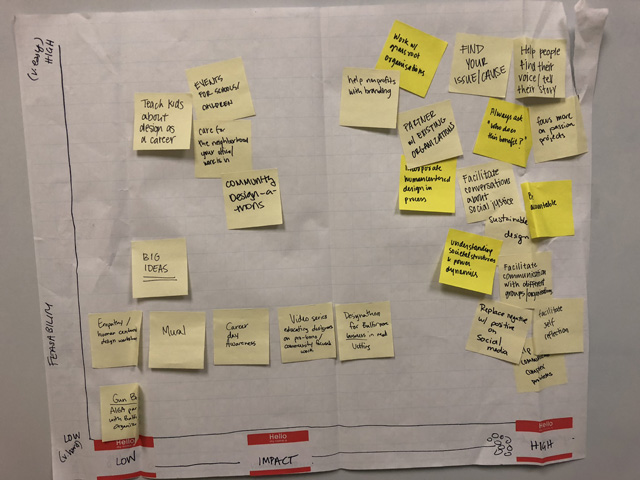
Design + Business Big Ideas
- “Dear Ellen”(name tbd) Blog/Column (like Dear Abby):
Q&A advice column (topics could include differences between working in-house vs agency vs freelance, branding a new business, other peoples’ design business experiences) - Creative Round Table:
Event for bringing business leaders and creatives together to discuss topics related to running and working in/for a design business (educate businesses on how to work with designers, collaboration opportunities, workshop on getting start-up funding, bring big names to design community, connections with local businesses, comparing notes with similar businesses/getting advice on processes)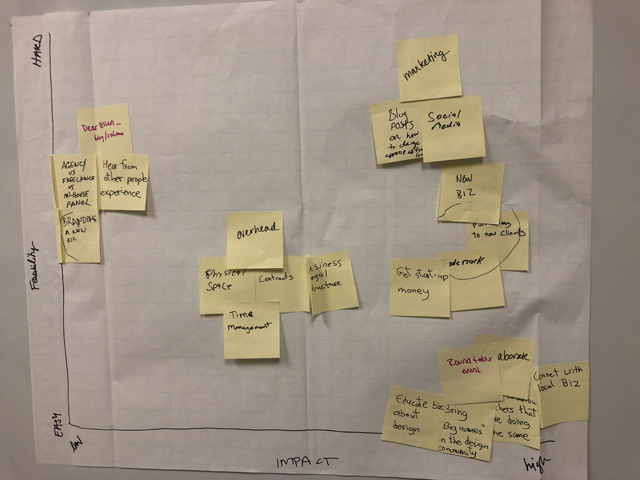
Big Ideas for Design & Business Content
Design + Leadership Big Ideas
- Workshop with Local Design Leaders:
How to lead a design team, advocating for design, how to navigate career path in different contexts, how to progress in your career and still design - Improv Workshop to Role-Play Design Leadership Situations
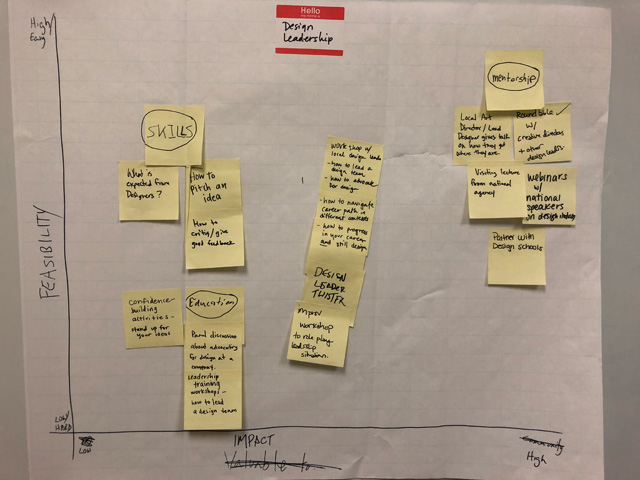
Design Leadership Big Ideas
Mentorship Big Ideas:
- Daily Internships/Adopt a Designer
- Coffee/Lunch Date or “Speed Dating” to Find a Mentor
- Designer Exchange Program
- Portfolio Reviews Targeted at Designers with More Than 5 Years Experience
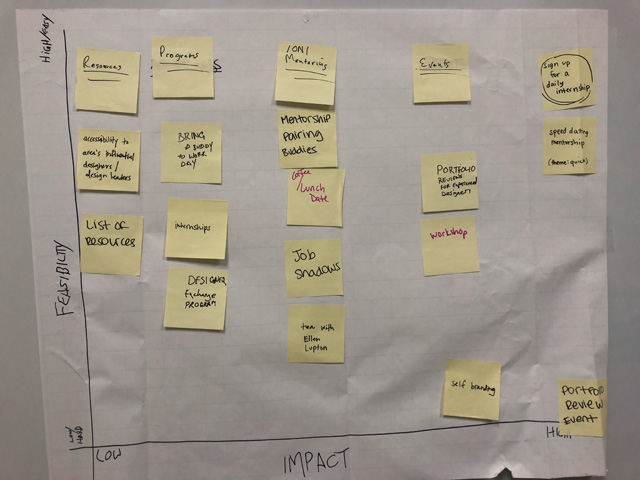
Mentorship Big Ideas
Sharing our creative ideas in a community setting is the first step to taking action, but we want to take that a step further. We want to see your ideas come to life, however AIGA Baltimore is a board of only a few people, and all volunteers at that; so we’re asking the community to work with us. While we want to do everything on this list, we simply cannot do it alone. What we can do is support and empower you, our design community! Let’s work together and make it happen. Shall we? If you see an idea that you can’t wait to help bring to life or want to explore more (or if you know someone who may be able to help push the needle forward), we want to hear from you.
Email info@baltimore.aiga.org and let’s talk about how we can all take ownership in our design community.
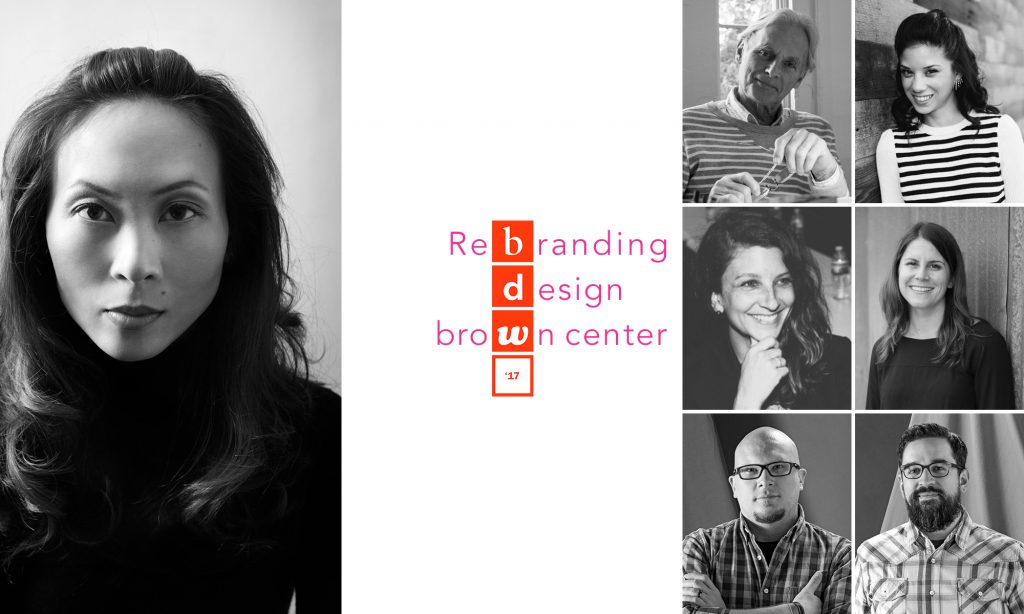
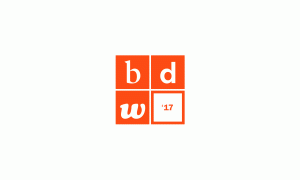
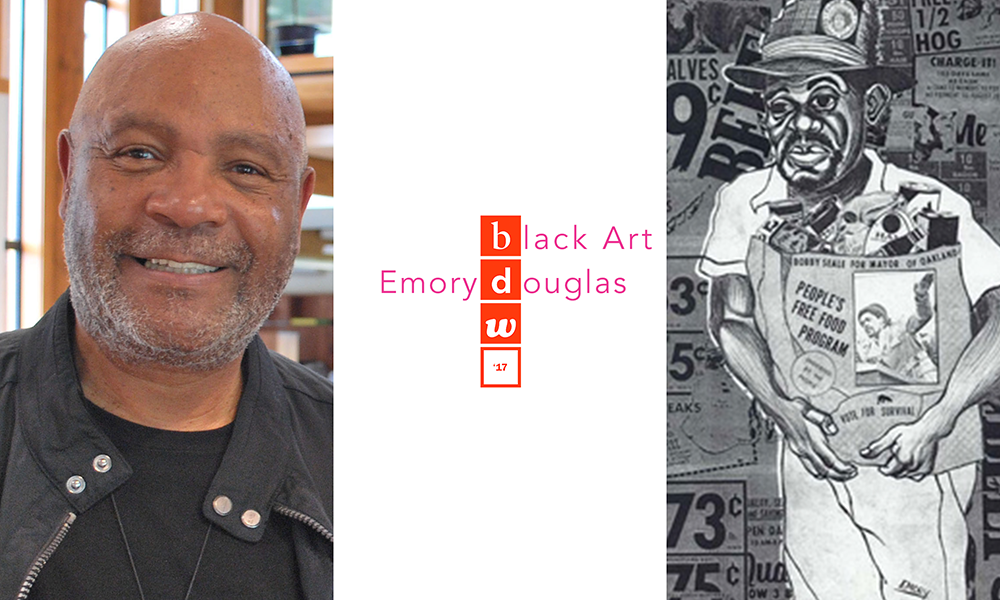
 As creative people, we tend to get deeply attached to our work, but keep in mind that any criticism you receive is not directed at you but at the work you present. Reviewers don’t know how long it took you to make it, or if your piece has a profound personal meaning to you, they will be there to give you a neutral honest opinion about your designs. They are providing you with their time and knowledge to help you have a stronger portfolio.
As creative people, we tend to get deeply attached to our work, but keep in mind that any criticism you receive is not directed at you but at the work you present. Reviewers don’t know how long it took you to make it, or if your piece has a profound personal meaning to you, they will be there to give you a neutral honest opinion about your designs. They are providing you with their time and knowledge to help you have a stronger portfolio.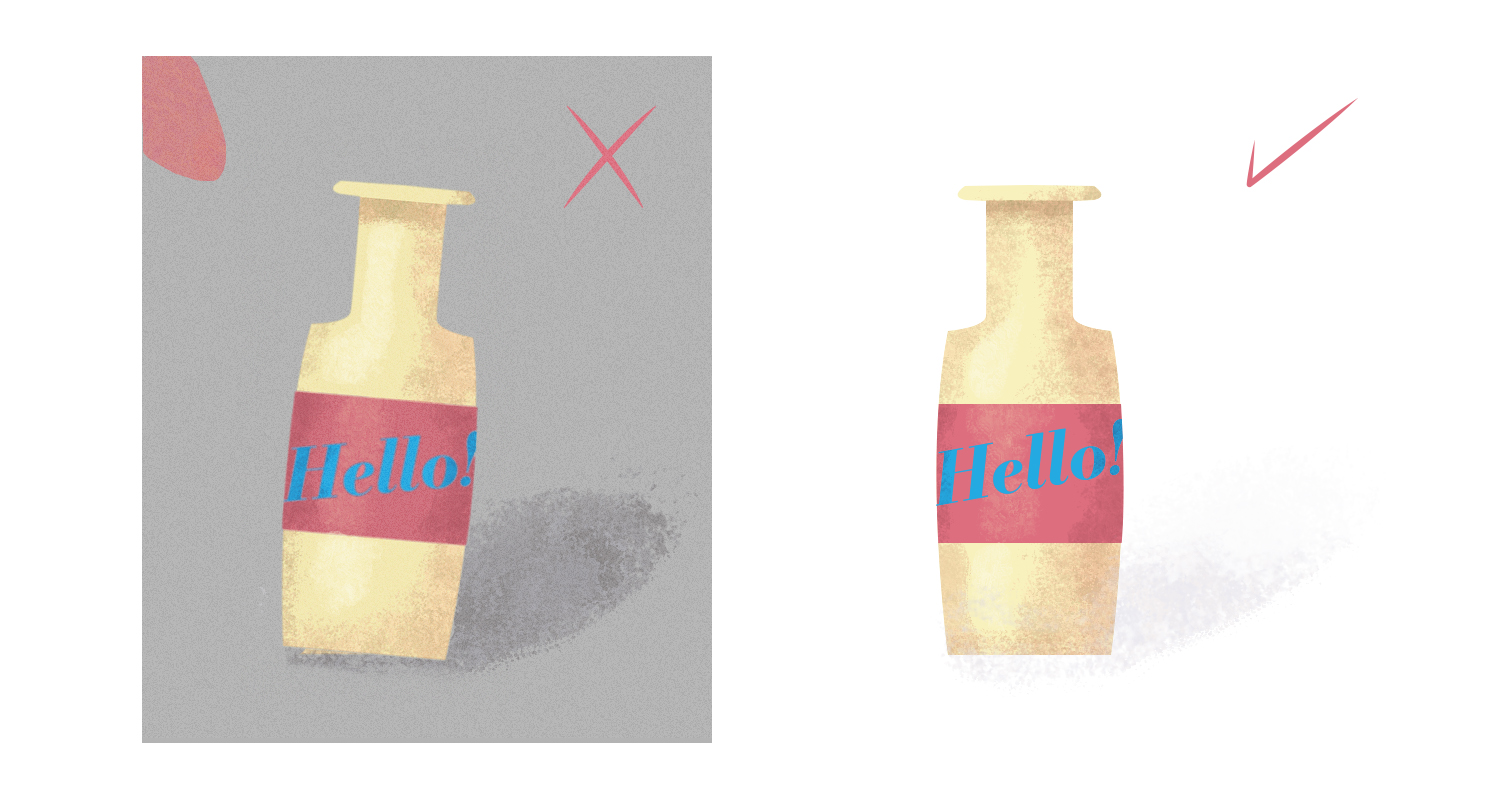
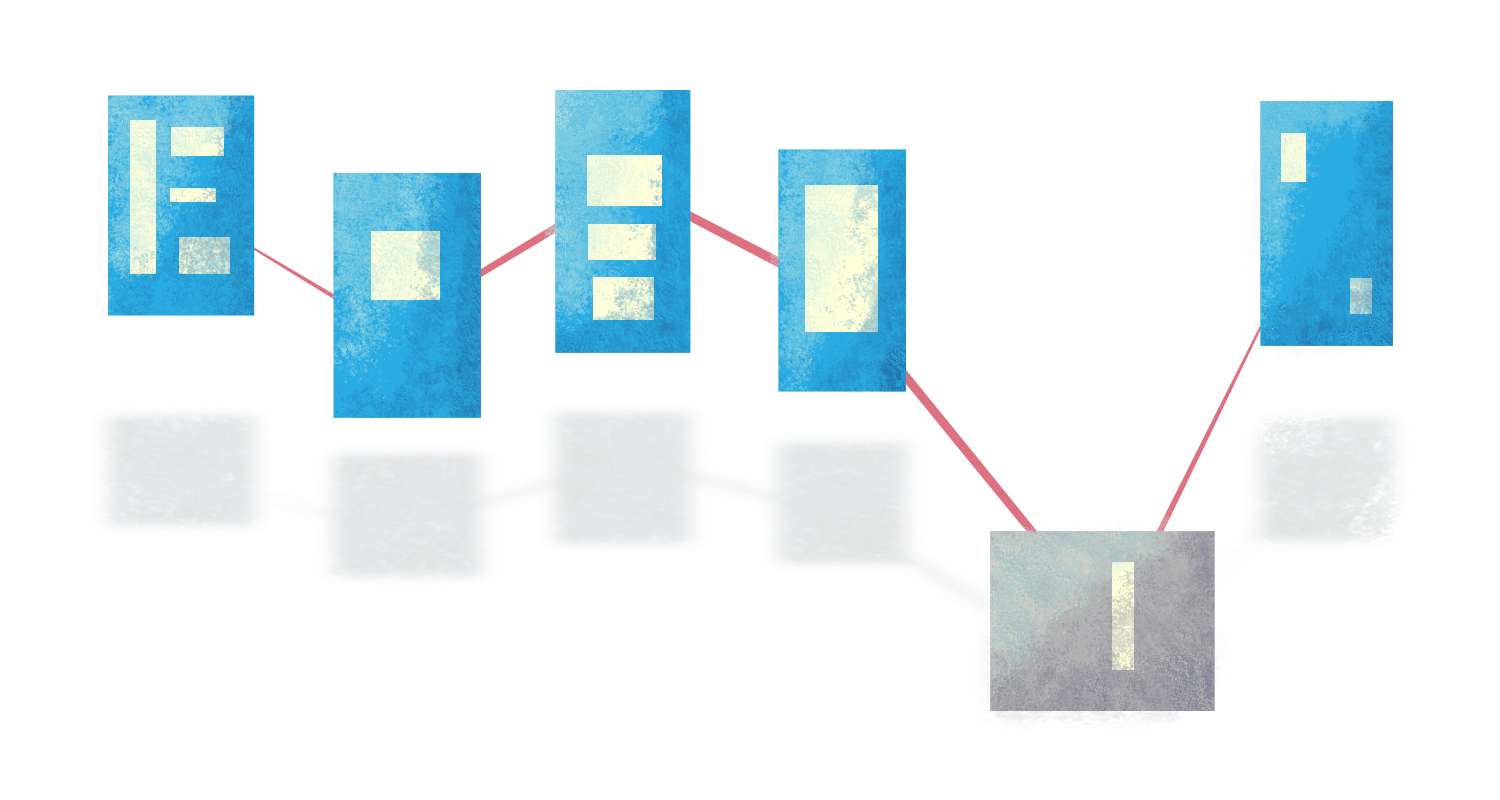 By consistency, I don’t mean including only print design, or only website design but rather the quality of the work. Every designer has good and bad pieces, so don’t feel pressured to include everything you’ve made. A few “meh” pieces can bring down the entire quality of your portfolio.
By consistency, I don’t mean including only print design, or only website design but rather the quality of the work. Every designer has good and bad pieces, so don’t feel pressured to include everything you’ve made. A few “meh” pieces can bring down the entire quality of your portfolio.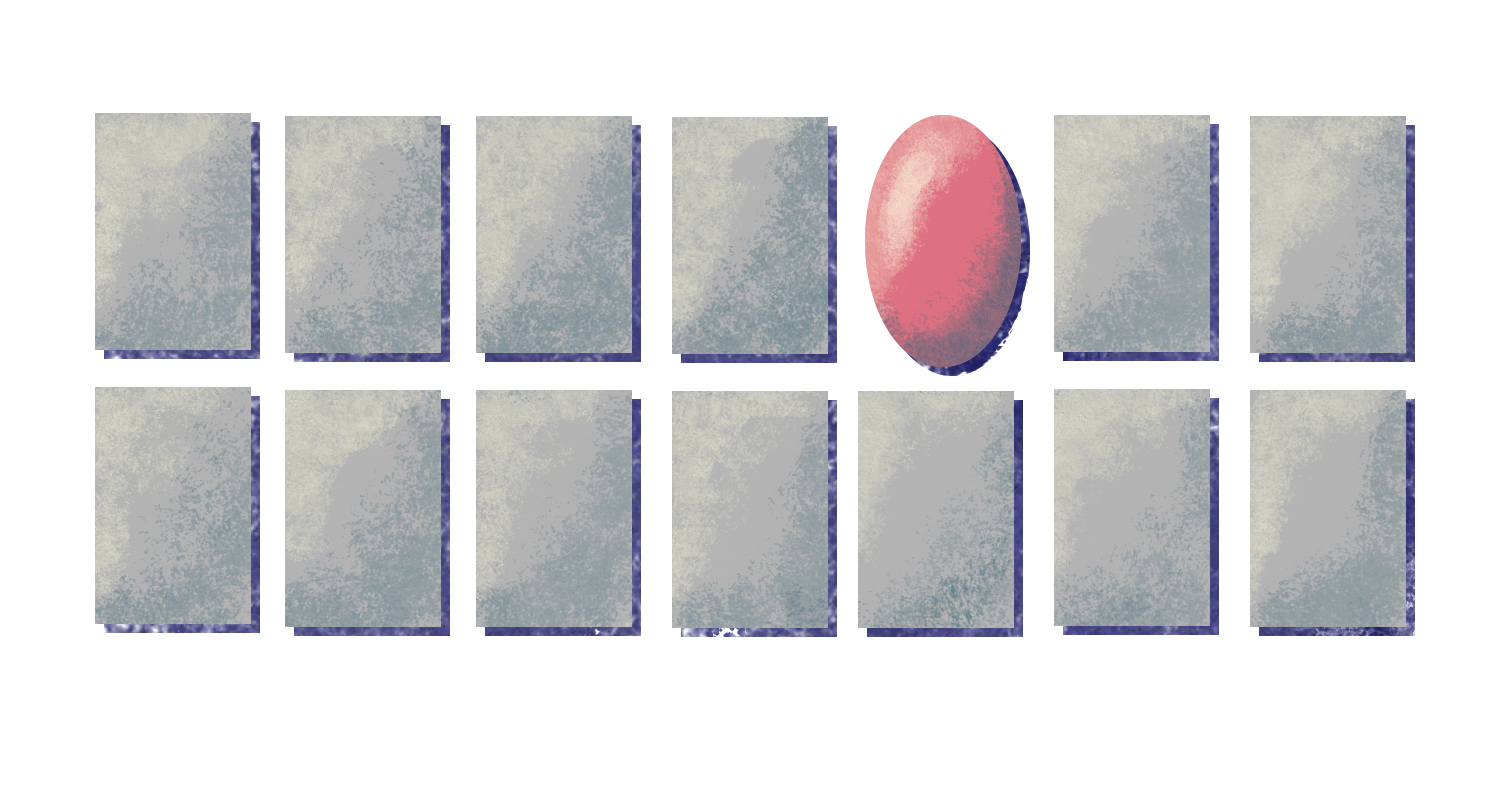 Nowadays with templates on the internet, pretty much anyone can come up with a business card design, but that doesn’t mean all of them are innovative. Include what makes you special. Examples of this could be your use of color, your minimalist or maximalist aesthetic or the way you mix fonts.
Nowadays with templates on the internet, pretty much anyone can come up with a business card design, but that doesn’t mean all of them are innovative. Include what makes you special. Examples of this could be your use of color, your minimalist or maximalist aesthetic or the way you mix fonts.
